The following article’s goal is to describe the different contrasts that can be used when painting our miniatures. From simple color contrast in pigments to that of the materials used, you will see that there exist many parameters to take into account to make each model rich and readable.
The word “contrast” evokes for most of you the simple and logical fact of having zones of light and zones of darkness on the same miniature. In the miniature painting world however, this word carries an array of aspects that are all very different.
1) The lighting contrast
As said before, the first contrast is the one from working shadows and light. Nothing is simpler; this one is done by following the guidelines for lighting work. Zenithal lighting, lateral lighting , source-lighting; we hope this guideline will help bring you to realize how to use them. In a general manner, the best way to know if your miniature has enough contrasts (and if your lighting is artfully done) is done by a very simple trick.
Take your piece, unfold your arm, and look at it. The best way to do this is in a shadowy place, like under your work station or paint table. If, even with the distance and the lack of light, your miniature is still recognisable, then your mission is likely accomplished. When looking at a piece of cloth for example, if the recesses and folds are clearly identifiable, and that you can clearly see the gradation, the edges, and the points of light – then stop painting!
The two following pictures vividly show the transitions there are between the zones of light and the shadowy zones.
2) Color contrast
This one has many functions. First of all, it is very useful to guide the viewer’s eyes to the desired zone on the model. As such, it is easy to paint the miniature’s base in a color opposed to the latter’s so that it pops completely out from its base. It’s the work that was done on the presentation plinth for the following dark elven riders. With the dominant tint being the green from the mounts, I only had to paint the ground in a red tone to directly make the protagonists stand out.
The same thing was done for this Militant Woman and her base. With a more orange tone.
This technique is also used to make the important or focal points on a miniature stand out. On this Eldar Wraith Lord, the miniature is mostly blue. I only had to restrict myself to the use of brownish beige on the helmet, and nowhere else, to make it stand out from the rest. This is a very useful trick to make people look directly at a face, a model’s predominant focal point.
3) Warm/cold contrast
The title is clear enough to know what we are talking about. This technique consists, for example, of creating drastic areas of a miniature using cold lights and warm shadows. This will work to make the colors richer, as well as create a variation in colors. Note that it is interesting to mix the warm/cold contrasts with color contrast techniques. For example, warm red clothing, with cold blue shadows.
For my Wraith Lord, a mostly “cold” miniature, I used warm tones on only one area – the helmet. Always with the goal of making it stands out. Thus, we have a beige helmet which stands out because of its tone, with cold lightings, and warm chestnut shadows only in the depth to the cheeks.
4) Contrast of the materials
The goal here is to play on three things in the finish of the material: the matte, the satin and the glossy. The fact is that playing with these will add a lot of credibility to the piece. It is smart, for example, to differentiate leather boots with a glossy aspect, from a matte cloth pair of pants. By mixing the aforementioned contrasts, we can play on various aspects on the same miniature.
The following examples show an improvised weapon (a part of an arch), whose rock is matte, but the blood covering it is glossy.
The plinth of the Militant Woman includes a satin metallic paving, zones of matte rust and glossy oil stains.
5) The recalling contrast
This technique is more useful for dioramas, or big pieces. We can, with this method, play on recalling the colors between pieces. This can be done from a miniature to another or from a section of a larger piece to the next, so as to center the onlooker’s view to the desired spot. For “Until the End”, I used this type of contrast a lot. The blue/green from the Tyranids’ blades is also present on the marble of the columns found on the other side. We thus play with contrasts on a special point of view. Same thing for the red present on many places on the Space Marines, be it on the helmets, the bolters or the gauntlets.
This helps to keep from adding too many colors on the whole piece, but also to unify the many elements within it. You can also notice the work of opposing colors, red for the Tyranids and blue for the Space Marines.
6) Contrast of saturation
Once again, the title explains what we are going for here. This type of contrast notably allows to put the accent on details, or specific areas on the miniature. As a stylistic effect, for example on a black and white painted miniature, we can bring richness to a gem painted in a saturated violet, especially when this is mixed with a little source lighting.
On Colonel Straken’s plinth, touches of saturated blue via some source lighting performed through wild grasses, and mixed with foliage of the same tint. Surrounded by paint-blended rocks, these details will really shine out, and bring life to the base. We must always remember that the base is as important as the miniature when taking the final results in mind.
7) Various Examples
The last pictures are a group of various miniatures, each including one or many contrast techniques linked one to another.
If each contrast has its importance, using them in an intelligent manner allows the creation of a way to view our miniatures in a desired fashion, but also aids in bringing richness in the tone differences, their connections with other models, or the finish products’ material.
I hope that you now have a few additional key techniques at your disposal, and that you will have fun trying them all!
And if you want to see overall galleries of the different miniatures in this article :
- “Until the end” (diorama) gallery




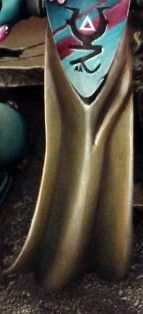
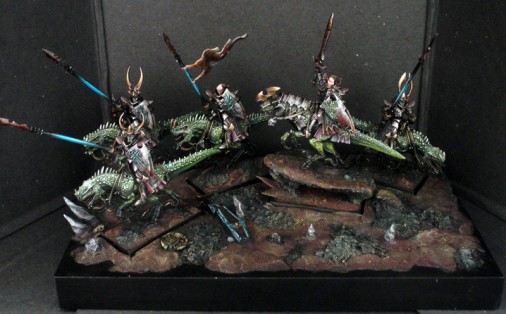
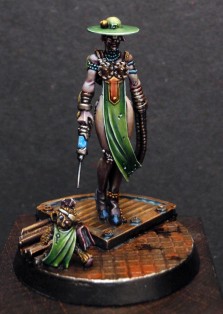
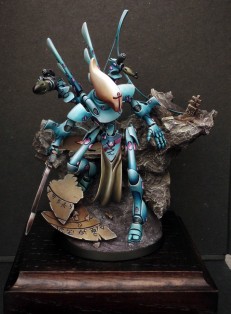
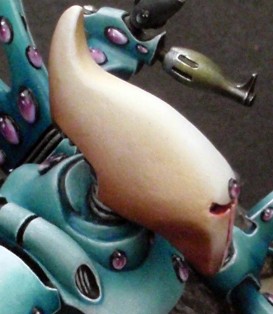
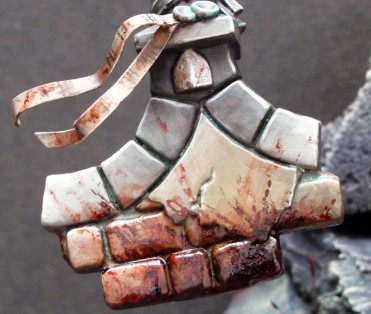
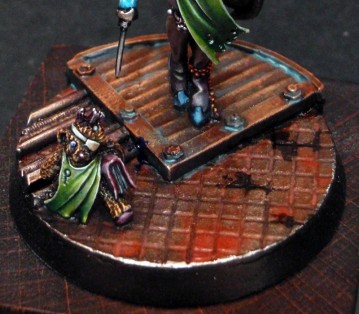
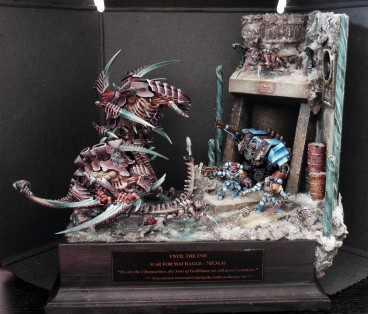
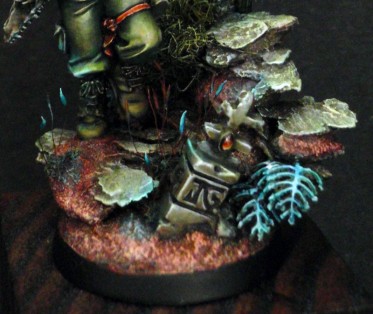
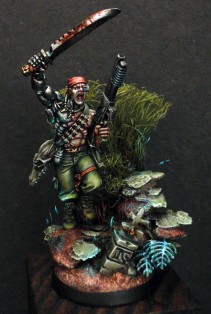
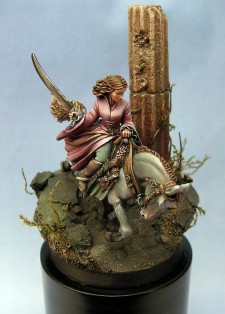
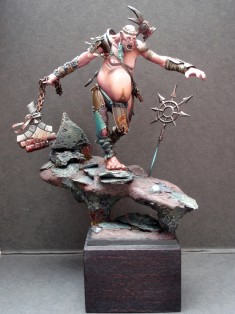

Great article; I’ve struggled to understand the different types of contrast but here you have explained them very well. Thank you
Cheers, Toosh
Thanks Tracy, it’s my pleasure !
!
Happy to see that somes English readers come here sometimes lol ^^.
Excellent article. Will give the warm and cold thoery more of a try i think. Is imperial fist yellow classed as a warm colour then?
Thanks Duncan

I don’t know Imperial fist yellow as a pure color, but yellow is a warm color… on theory.
It depends if it’s a solar yellow (warm) but a lemon yellow is considered as a “cold” “cool” color.
So all will depend of the mix of colors you’ll use
Pingback: Julien Casses Miniatures painter - Lisbeth : Step by Step « juliencasses.com
Pingback: Julien Casses Miniatures painter - Lisbeth : Step by Step « juliencasses.com
Pingback: Do Not Miss: October 2013 |
Pingback: Imprescindibles: Octubre 2013 |